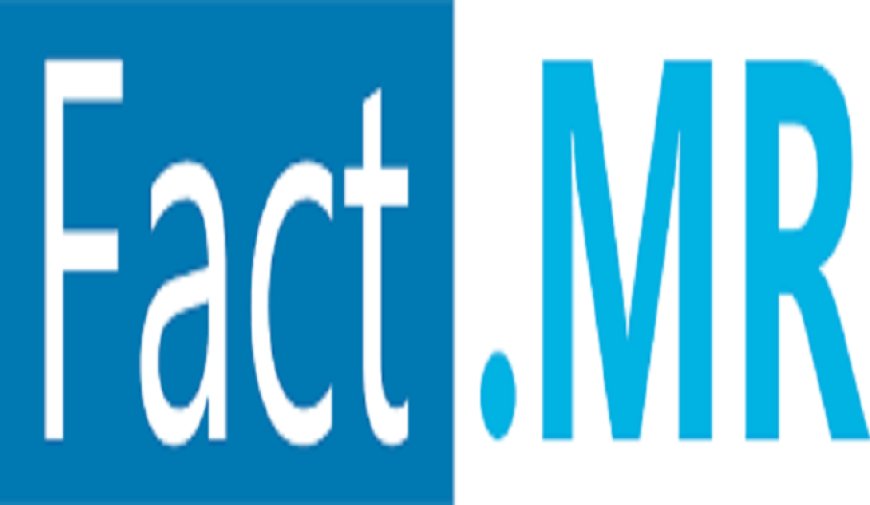Cost-Effectiveness of Group I Base Oils Sustains Their Market Demand
The global base oil market is projected to grow from US$ 36.8 billion in 2024 to US$ 46.2 billion by 2034, reflecting a steady CAGR of 2.3% over the forecast period.

The global base oil market is projected to grow from US$ 36.8 billion in 2024 to US$ 46.2 billion by 2034, reflecting a steady CAGR of 2.3% over the forecast period.
Base oils are a critical component in the production of lubricants, which are used across various industries such as automotive, industrial machinery, and marine applications. Derived from refining crude oil or synthesizing chemical compounds, base oils are categorized into different groups based on their viscosity, saturates, and sulfur content. The base oil market is driven by the growing need for efficient lubricants in machinery to reduce wear and tear and improve operational efficiency. It plays a pivotal role in supporting industrial and automotive advancements, making it an essential segment of the global petroleum and chemical industries.
Market Insights
The base oil market is influenced by factors such as advancements in refining technologies, the transition toward cleaner fuels, and the rise of synthetic lubricants. Group I base oils, once dominant, are gradually being replaced by Group II and Group III oils due to their superior performance and environmental compliance. The demand for synthetic and semi-synthetic oils, derived from Group III and IV base stocks, is growing rapidly in developed markets. Additionally, sustainability concerns are prompting manufacturers to explore bio-based and re-refined base oils, opening new avenues in the market.
Future Outlook
The future of the base oil market is closely tied to technological advancements and environmental regulations. As industries shift toward low-emission and energy-efficient machinery, the demand for high-quality lubricants is expected to rise, thereby driving the market for advanced base oils. The automotive sector, with the adoption of electric vehicles (EVs), will also shape the market's trajectory, as EVs require specialized lubricants and thermal management fluids. Emerging markets in Asia-Pacific, Africa, and Latin America are anticipated to witness substantial growth due to increasing industrialization and expanding automotive industries.
Market Demand
Base oil demand is fueled by its critical application in manufacturing engine oils, industrial oils, and greases. The automotive sector remains the largest consumer of base oils, with ongoing vehicle production and maintenance driving consistent demand. In industrial applications, base oils are essential for the production of hydraulic fluids, gear oils, and compressor oils. Seasonal variations in demand are observed, particularly in the agricultural sector, which relies on lubricants for machinery during peak planting and harvesting seasons. Moreover, rising awareness about equipment longevity and efficiency is bolstering demand across end-use industries.
List of Key Companies Profiled in The Report
- Chevron Corporation
- ExxonMobil Corporation
- Royal Dutch Shell Plc.
- Ergon Inc.
- Neste Oyj.
- Nynas AB
- Others
Market Opportunities
Opportunities in the base oil market are abundant, especially in the development of sustainable and eco-friendly products. Bio-based base oils, derived from renewable sources, represent a promising avenue for manufacturers aiming to reduce their carbon footprint. Additionally, the re-refining of used base oils into high-quality products offers a circular economy approach, appealing to environmentally conscious consumers and industries. The growing penetration of industrial automation and smart technologies also creates opportunities for specialized lubricants, increasing the demand for tailored base oil formulations. Regions with emerging economies offer untapped potential for market players seeking growth.
Recent Industry News
Recent developments in the base oil market highlight a shift toward innovation and sustainability. Major manufacturers are investing in capacity expansions and modernizing refineries to produce higher-grade base oils. For instance, several companies are transitioning from Group I to Group II and Group III production to meet evolving regulatory and consumer demands. Additionally, partnerships between oil refiners and automotive manufacturers are becoming more prevalent, aiming to create customized lubricants that cater to advanced engines. The rising trend of incorporating artificial intelligence in refining operations is also making headlines, improving production efficiency and reducing costs.
Notable Developments
Notable developments in the base oil market include advancements in the production of bio-based and re-refined oils. Several manufacturers are launching products that align with global sustainability goals, such as low-viscosity base oils for high-performance lubricants. Technological innovations in catalytic dewaxing and hydroisomerization processes have significantly improved the quality and performance of base oils. Furthermore, new entrants are exploring niche markets, such as aviation and defense lubricants, to diversify their portfolios. Strategic acquisitions and collaborations among industry leaders are reshaping the competitive landscape, emphasizing innovation and market adaptability.
This comprehensive analysis underscores the critical role of the base oil market in supporting global industrial and automotive advancements while highlighting its dynamic evolution in response to environmental, technological, and economic shifts.
Competitive Landscape
Leading players in the base oil market are leveraging their strong production capabilities, extensive distribution networks, and innovative product development to maintain a competitive edge. Amid intense competition, these companies are focusing on delivering high-quality products, competitive pricing, and outstanding customer support.
In 2023, Chevron Corporation began producing four centiStoke API Group III base stocks at its Richmond, California refinery. This strategic move is poised to boost Group III stock production within the United States, address increasing domestic demand, and reduce dependency on imports.












